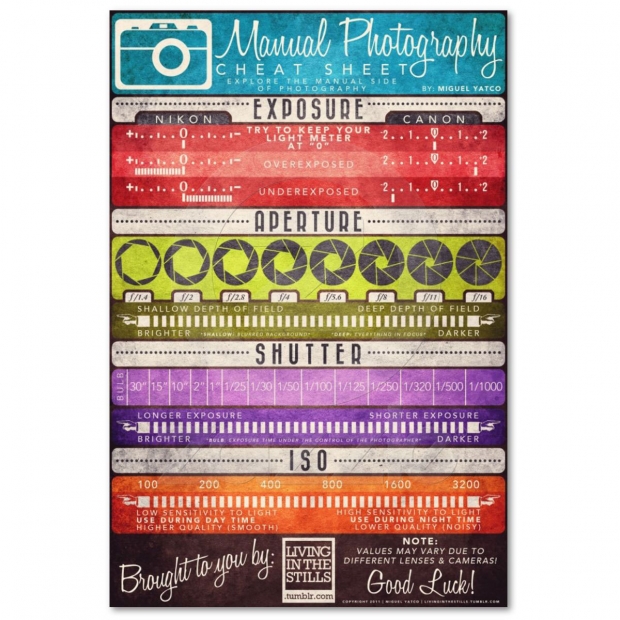Recognizing Structure: The Fundamentals Every Professional Photographer Ought To Know
Recognizing Structure: The Fundamentals Every Professional Photographer Ought To Know
Blog Article
Material Produce By-Abernathy Roberson
When you grab your camera, recognizing the fundamentals of structure can substantially elevate your digital photography. https://pdnonline.com/features/photo-assistants/how-to-get-photo-assisting-work/ like the Rule of Thirds, Leading Lines, and efficient framing aren't just standards; they're important devices that can transform your photos from mundane to enchanting. By understanding these principles, you'll find yourself recording not just photos, yet tales that reverberate. Yet what takes place when you start bending these regulations? Exploring that can result in unanticipated and effective results in your work.
The Policy of Thirds
Among the most necessary concepts in photography is the Rule of Thirds. https://writeablog.net/gladys084marcellus/innovative-ways-to-market-your-digital-photography-services develop balanced and interesting structures, attracting the visitor's eye to one of the most vital elements in your picture.
Think of dividing your framework into a grid of nine equal parts with 2 straight and 2 upright lines. By placing your subject along these lines or at their junctions, you naturally improve your picture's visual allure.
As opposed to focusing your subject, attempt placing it off to one side. This approach presents area and context, permitting visitors to explore the surrounding area.
For landscapes, put the perspective along the leading or lower third line, highlighting either the skies or the land.
When you're recording portraits, line up the topic's eyes along the leading third line for an extra vibrant appearance.
Trying out the Rule of Thirds will certainly result in even more engaging and professional-looking photos.
Leading Lines
Take advantage of the power of leading lines to lead your viewer's eye with the structure and create a sense of depth in your digital photography.
Leading lines are all-natural or manufactured components that draw attention and lead the audience's stare toward the major subject. They can be anything from roadways, rivers, fences, or even shadows.
When you incorporate leading lines, think of how they can boost your composition. Begin by determining strong lines in your scene.
https://writeablog.net/francisco493omer/easy-ways-to-enhance-your-picture-photography on your own to utilize these lines effectively, ensuring they result in your centerpiece. As an example, a pathway introducing a landscape can evoke a sense of journey and invite the audience to explore the scene.
Explore different angles and viewpoints. Sometimes, shooting from a reduced angle can produce even more dynamic leading lines, while a greater perspective can supply a wider context.
Framing and Balance
Framing and equilibrium play essential roles in creating visually engaging photographs. When you mount your topic, you're essentially producing a border that draws the viewer's eye straight to the centerpiece. You can utilize natural environments like branches, doorways, or home windows to accomplish this result.
Don't undervalue the power of framework; it adds depth and context, making your photo extra appealing.
Equilibrium, on the other hand, guarantees that your structure feels stable and unified. You can accomplish equilibrium with symmetry or by dispersing aesthetic weight uniformly throughout the structure. If you put a big subject on one side, consider adding smaller aspects on the contrary side for it.
This method stops your photo from really feeling uneven and produces a feeling of efficiency.
Explore both mounting and equilibrium in your photography. Take numerous shots from various angles, readjusting just how you mount your topic and just how you disperse components within the scene.
As you technique, you'll create an instinctive understanding of just how to develop structures that reverberate with audiences and stimulate feeling. Highly recommended Reading in mind, understanding these aspects can change an average picture into a striking artwork.
Final thought
By grasping composition methods like the Policy of Thirds, Leading Lines, and Framing, you can boost your digital photography to new heights. These concepts aid you create well balanced, engaging images that attract viewers in and inform engaging tales. Remember to experiment and count on your impulses as you practice these basics. With time and commitment, you'll change regular shots right into creative expressions that absolutely reverberate with your target market. Maintain shooting, and allow your creative thinking luster!
